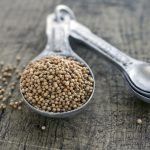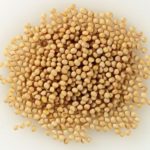In total, 130,246 tonnes of mustard seed were produced in Saskatchewan, 76.3 per cent of Canada’s crop, in 2023-24 according to Statistics Canada. The 463,700 acres of mustard seed grown in Saskatchewan last year was the largest amount since 2004-05.








